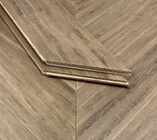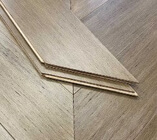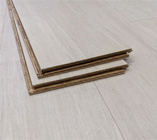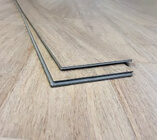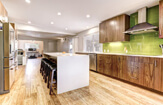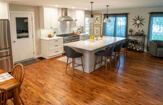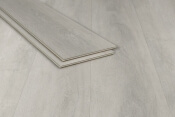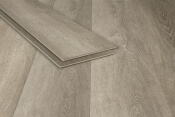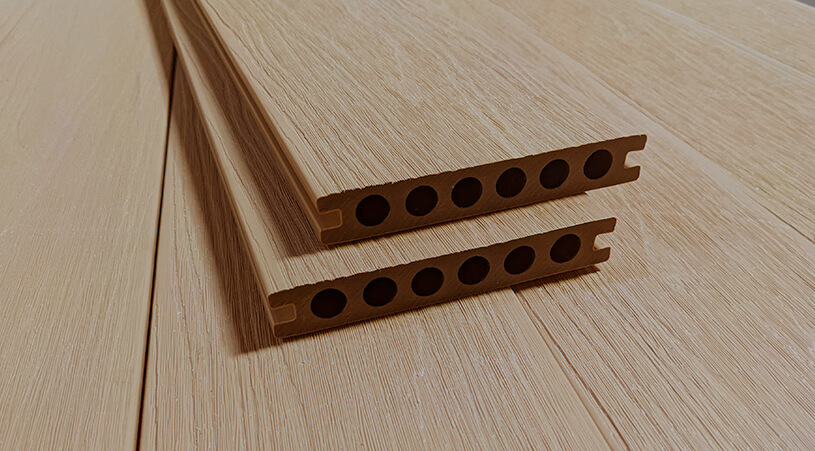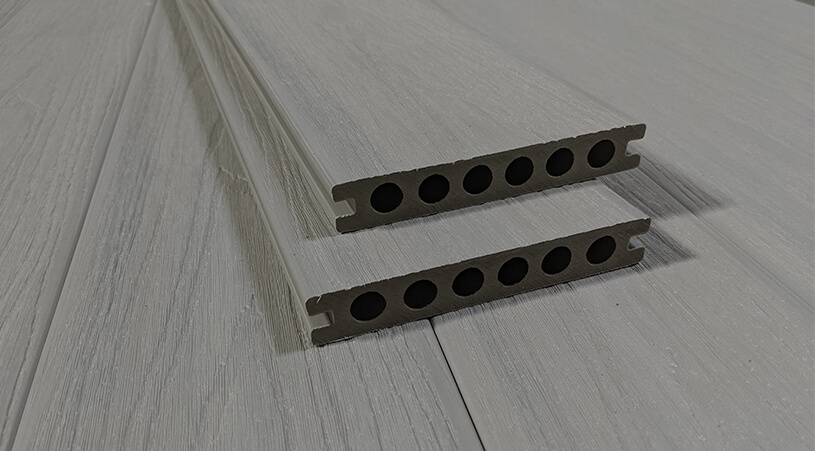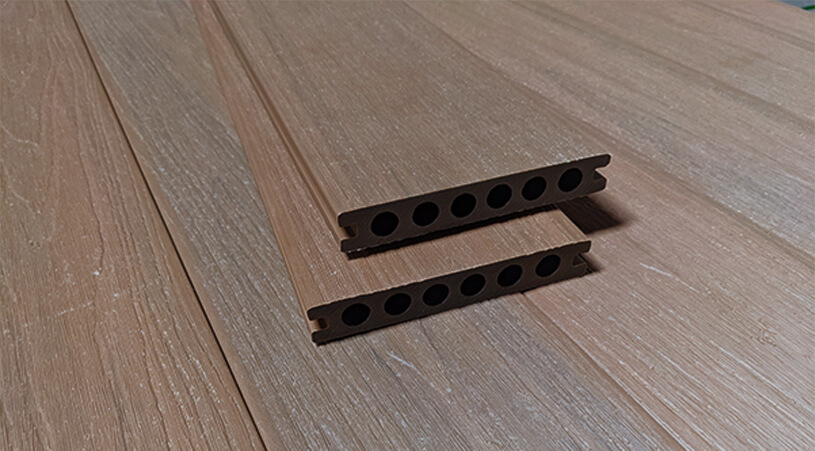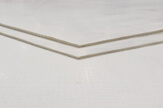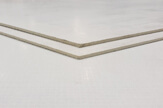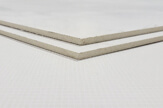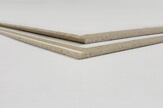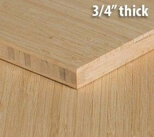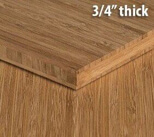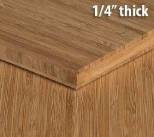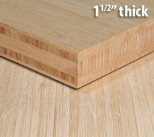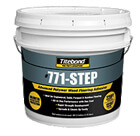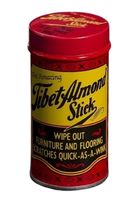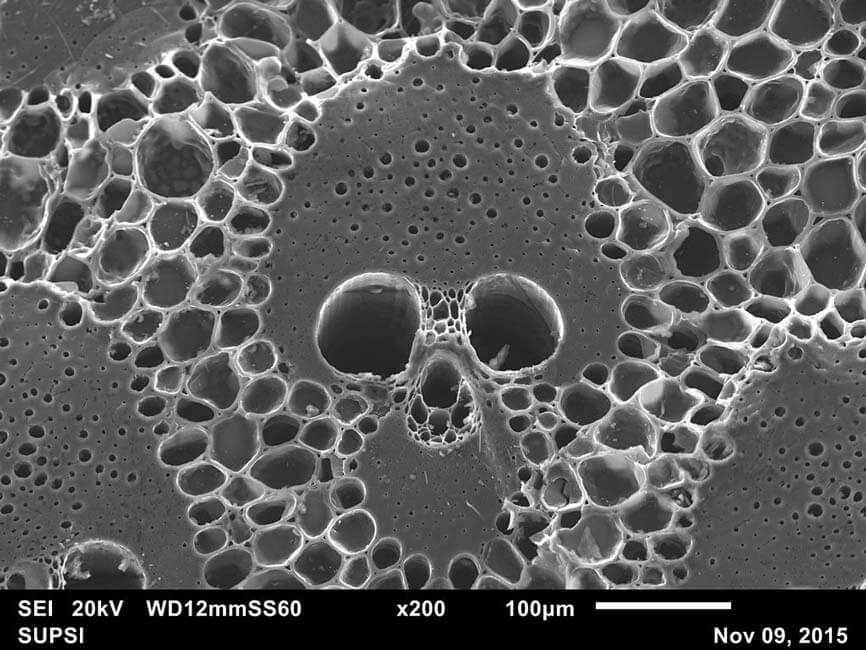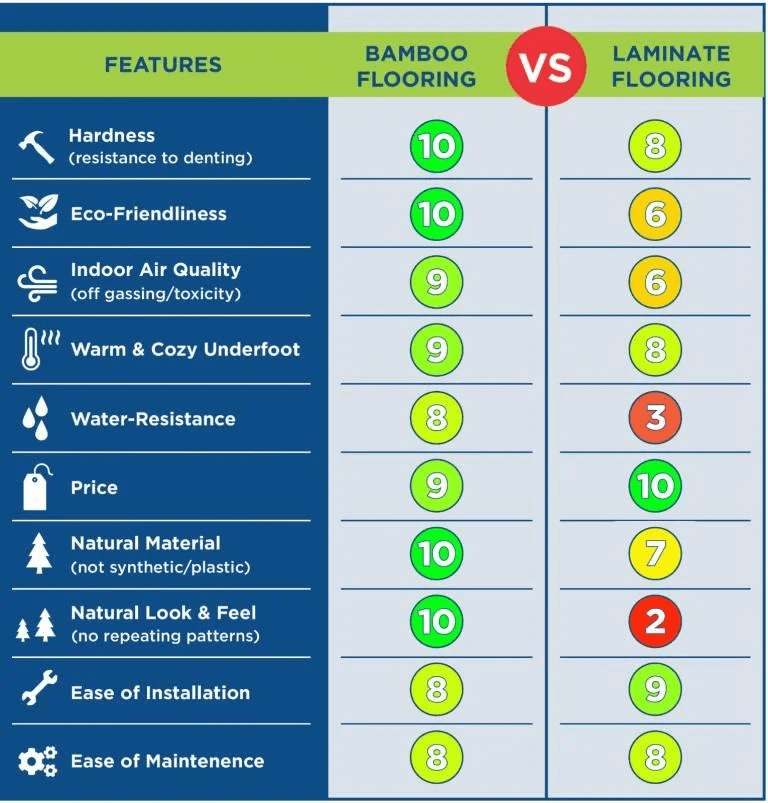| Main Factors | Bamboo Flooring | Solid Hardwood Flooring | Engineered Hardwood Flooring | Luxury Vinyl Plank (LVP) | Wood-Look Tile (Ceramic) | Carpet | Cork Flooring | Polished Concrete |
|---|---|---|---|---|---|---|---|---|
| HARDNESS Dent/damage-resistance | 10 | 7 | 7 | 7 | 10 | 2 | 2 | 10 |
| ECO-FRIENDLINESS Sustainability/renewability | 10 | 6 | 6 | 3 | 9 | 2 | 10 | 9 |
| INDOOR AIR QUALITY Off-gassing/toxicity | 9 | 9 | 10 | 8 | 9 | 2 | 8 | 9 |
| COMFORT UNDERFOOT Warm vs. cool | 9 | 9 | 9 | 5 | 3 | 10 | 10 | 3 |
| WATER-RESISTANCE Spills/moisture | 8 | 7 | 7 | 9 | 10 | 2 | 9 | 10 |
| PRICE Cost, value, and ROI | 9 | 6 | 6 | 9 | 9 | 10 | 9 | 9 |
| NATURAL MATERIAL Organic vs. synthetic | 10 | 10 | 8 | 1 | 1 | 2 | 10 | 9 |
| NATURAL LOOK & FEEL Natural variety/patterns | 10 | 10 | 10 | 6 | 6 | 2 | 10 | 5 |
| Ease of Installation Labor intensity | 8 | 9 | 9 | 10 | 6 | 10 | 10 | 6 |
| Ease of Maintenance Cleaning and care | 8 | 8 | 8 | 8 | 9 | 5 | 8 | 8 |
-
 (866) 710-7070Talk to an expert!
(866) 710-7070Talk to an expert! -
-
 0 Cart$0.00
0 Cart$0.00
-

- Bamboo Flooring Shop By Type
Shop By Color
- Eucalyptus Flooring
- Luxury Vinyl Flooring
- Bamboo Decking Shop Composite Bamboo Decking
Quick Links
- MagPanel MGO Board Shop MagPanel Mgo
Quick Links
- Bamboo Plywood Shop by Color & Grain
- Moldings & Trim Shop by Category
Not sure what trim you need? Check out our Moldings & Trim Guide! - Installation Supplies Shop By Installation Type
Additional Supplies
- Floor Cleaner Official Installation & Cleaning Guides
Bam-Brite Technical and Recommended Use GuideDownloadBamboo Flooring Installation GuideDownloadBamboo Flooring Maintenance GuideDownload - (866) 710-7070Talk to an expert!
-
-
 0
0 -
Your Cart (0 Items)
Limit of 5 free samples or one shipment per household. Additional samples are a buck each.
For more than 20 samples please contact your account executive.
Continue Shopping Proceed To Checkout Total:

Buy Now, Pay Later with Paypal Credit
No Interest if paid in full in 6 months on purchases of $99 or more

